You care about your dental health, you practice an at-home dental care routine, and you get regular professional cleanings—and your pet’s dental health is equally important. The best way to support your pet’s dental health is to combine daily toothbrushing with regular professional cleanings. February is National Pet Dental Health Month, so our Midtown Veterinary Hospital team is highlighting veterinary dental cleanings—why and how often your pet needs them, and what the procedure includes. We’ve enlisted the help of a furry friend to provide a pet’s perspective on all things dental. Follow along with Perry the pug as he undergoes a professional dental cleaning.
Hello!
My name is Perry, and I’m a pet patient at Midtown Veterinary Hospital. My friends there are quite fond of me—who could blame them?—and have asked me to share my recent dental cleaning experience. Dental health is often neglected—probably because pets don’t regularly show their teeth and often hide their dental pain until it becomes excruciating. But, dental health is an essential part of every pet’s overall health and wellbeing. I should know—I experienced the consequences of dental disease first-hand.
What is dental disease in pets?
I had never heard of dental disease until my veterinarian uttered those words at my annual wellness exam. She gently lifted my lip, and explained my condition to my owner. She said that sticky plaque forms on my teeth only hours after eating and the plaque becomes cement-like tartar after a few days, and traps bacteria in and around the gum line. Tartar is nearly impossible to remove by brushing alone, and tartar that is not periodically removed builds up and can lead to gingivitis—the first gum disease stage—which causes irritation and inflammation of the gums and surrounding tissues. Untreated gingivitis can lead to periodontal disease, infection, abscesses, loose teeth, and tooth loss. Dental disease also can result in life-threatening organ damage, because oral bacteria can enter the bloodstream, and travel to and damage the heart and kidneys.
My owner and I were shocked to learn about the serious consequences of dental disease, and I finally understood why my teeth had been hurting. My ears perked up when I heard my veterinarian recommend X-rays and a professional dental cleaning to relieve my pain, and to keep the condition from progressing and causing further health problems.
Why do pets need regular professional dental cleanings?
My owner wrapped her arms around me and told me that she was sorry for neglecting my dental health, but the veterinarian said not to feel guilty, because many owners are unaware of the importance of at-home dental care and regular dental cleanings for pets. She gave my owner a pamphlet with at-home toothbrushing directions and recommended some dental chews that carry the Veterinary Oral Health Council (VOHC) seal of approval, which guarantees the product will slow plaque and tartar accumulation. I was excited about daily toothbrushing once I learned that pet toothpaste comes in yummy flavors like beef and chicken, and I never say “No” to new chew toys.
The veterinarian told us that most pets need professional dental cleanings once a year, but some—including brachycephalic pets like me—may need more frequent cleanings and related dental procedures. My owner scheduled my dental exam and headed straight for the pet supply store to purchase my new toothbrush, toothpaste, and dental chews.
What is included in a pet’s professional dental cleaning?
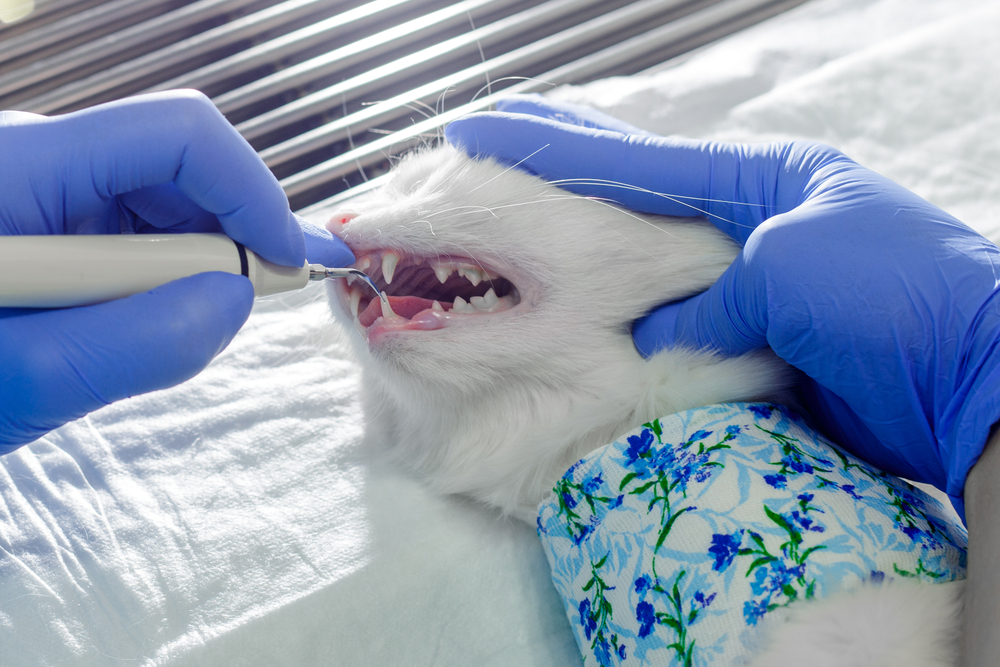
Full disclosure—I don’t remember my dental cleaning at all. It’s weird, I felt warm and cozy, got very sleepy, and when I woke up it was all done. I read the pamphlet that my veterinarian gave my owner—reading is one of my hidden talents—and learned about anesthesia and everything else about professional dental exams and cleanings. According to the pamphlet, here’s what happened while I was happily snoozing:
- Anesthesia — Anesthesia is critical for a professional dental cleaning. Pets don’t understand the process, and won’t hold their mouths open, so anesthesia is necessary to ensure everyone’s safety, to keep the pet completely still while the veterinarian obtains X-rays and completes a thorough oral exam and cleaning, and to ensure the pet feels no pain.
- X-rays — After the pet is asleep and attached to monitoring equipment, the veterinarian takes full-mouth dental X-rays, which are essential for detecting underlying disease, such as abscesses, fractures, bone loss, and root resorption.
- Deep cleaning and polishing —Using an ultrasonic scaler, the veterinarian removes tartar deposits above and below the gum line, and then polishes every tooth surface to smooth out tiny microgrooves and imperfections where bacteria could reattach.
- Complete oral exam — After the veterinarian reviews the dental X-rays and examines the pet’s mouth while they are anesthetized, they record the pet’s problems and create a plan to regularly monitor the pet’s oral health.
- Diseased teeth extraction — If possible, the veterinarian will preserve the pet’s damaged teeth, but severely diseased teeth generally must be extracted.
- Discharge — After the pet’s procedure, the veterinarian goes over what the owner should expect, how to care for the pet post-surgery, when to schedule the pet’s next professional cleaning, and how to start an at-home dental health routine.
So, there you have it. After my dental procedure, I felt a little groggy for the rest of the day, but man, do I feel better with my mouth pain gone. Now that my owner and I understand the importance of my dental health, we have a new daily toothbrushing routine. And, I really like my toothpaste, especially knowing that it’s preventing tartar buildup.
I hope my story inspires you to prioritize your pet’s dental health. Contact my friends at Midtown Veterinary Hospital to schedule your pet’s next dental exam and professional cleaning.

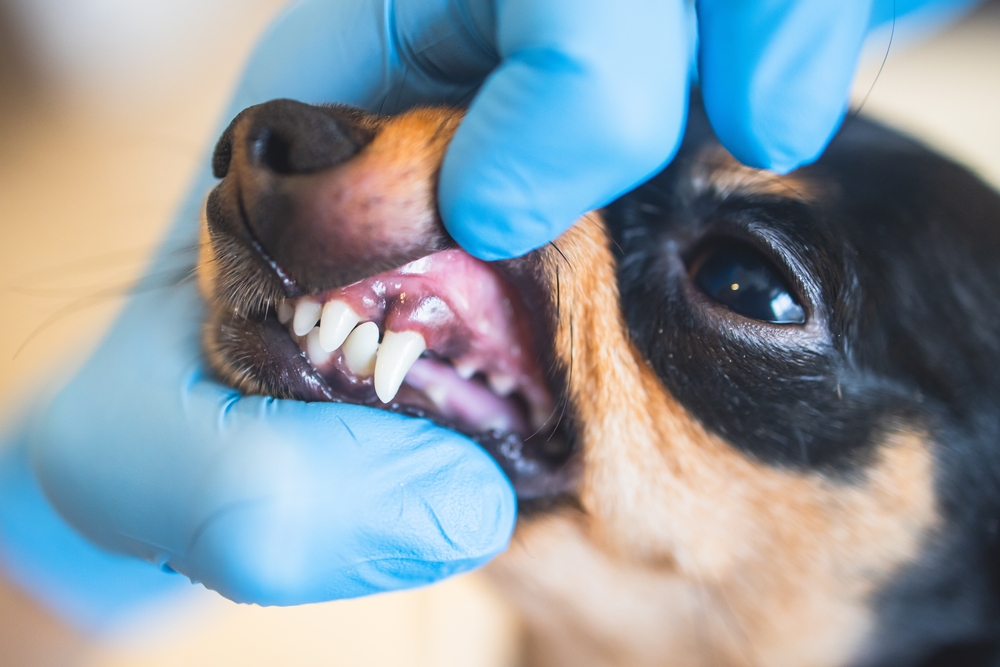
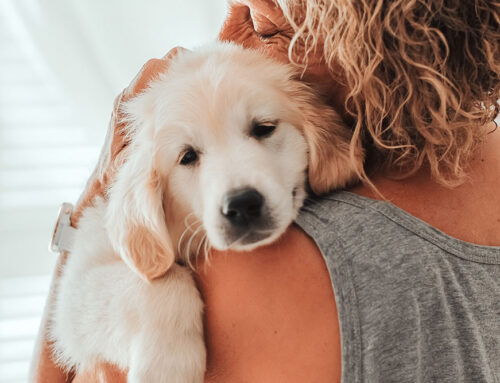
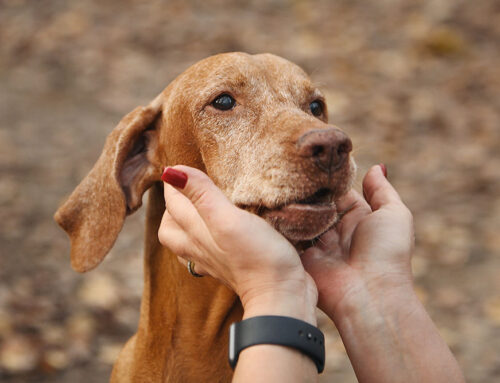
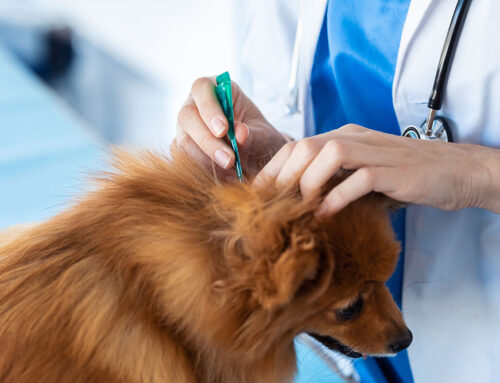
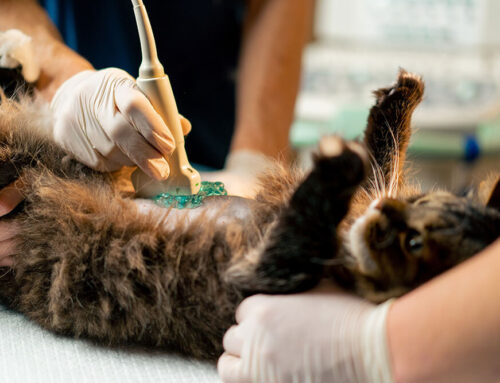
Leave A Comment